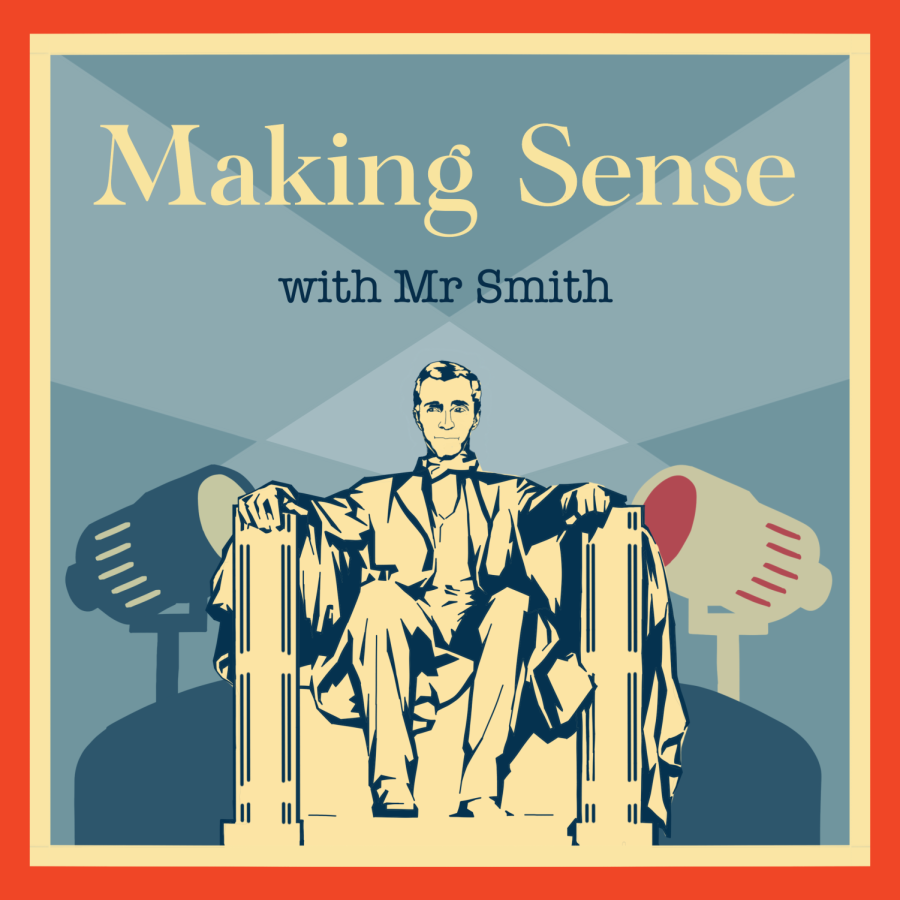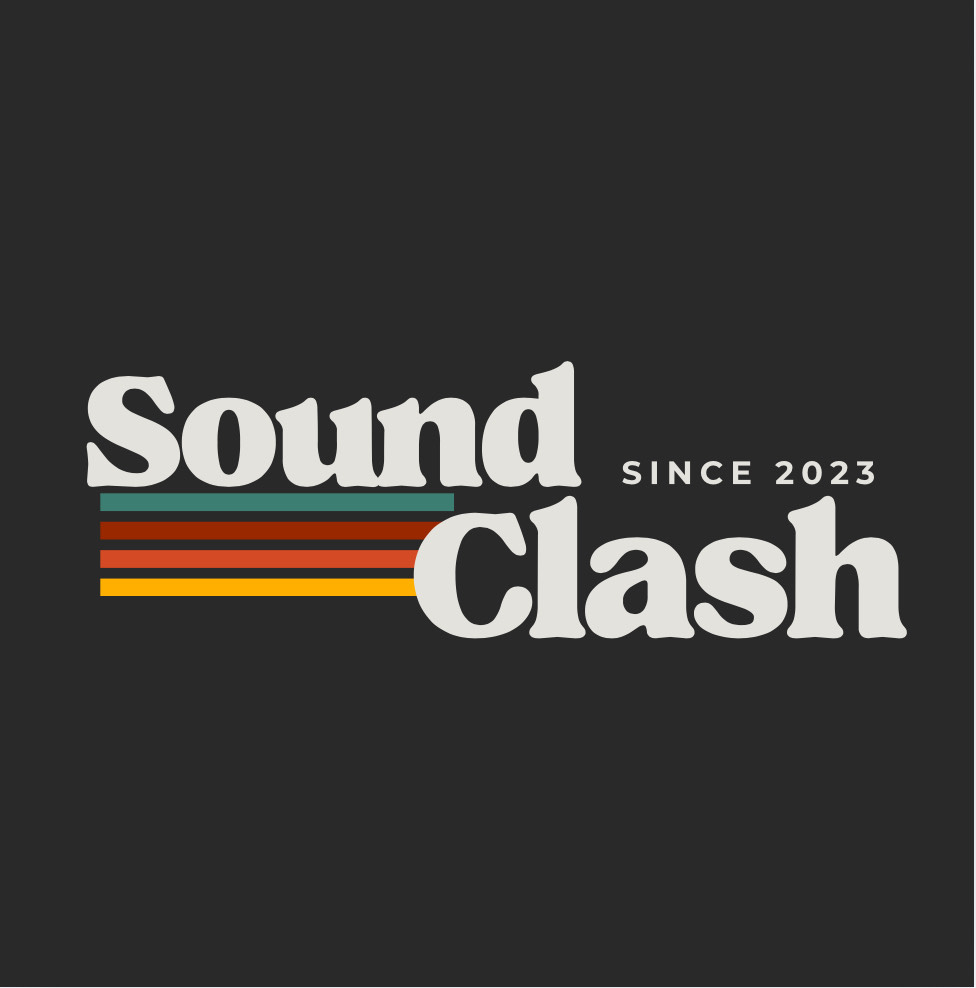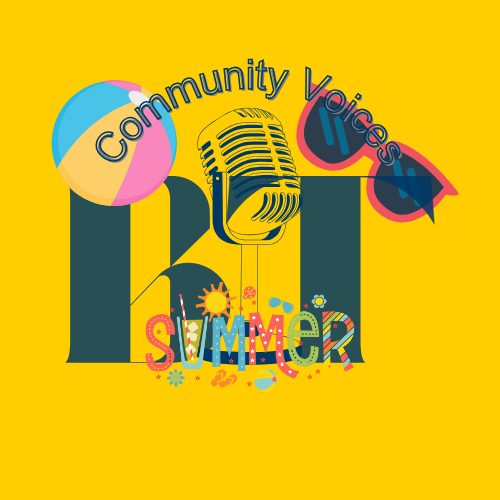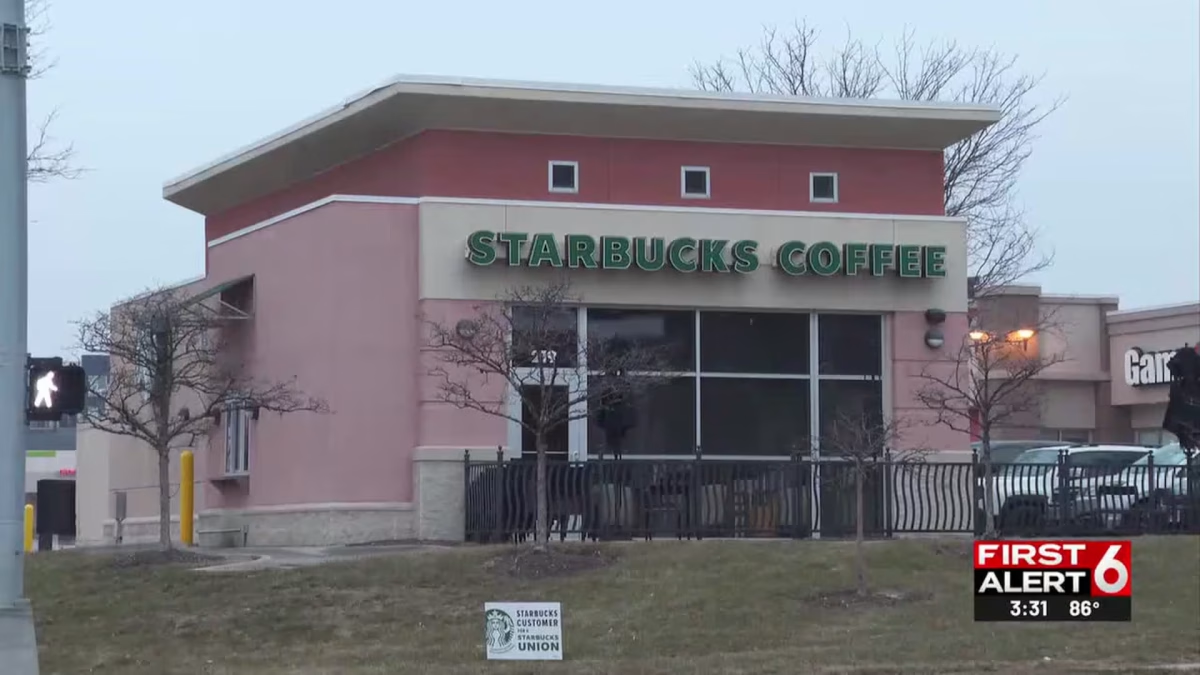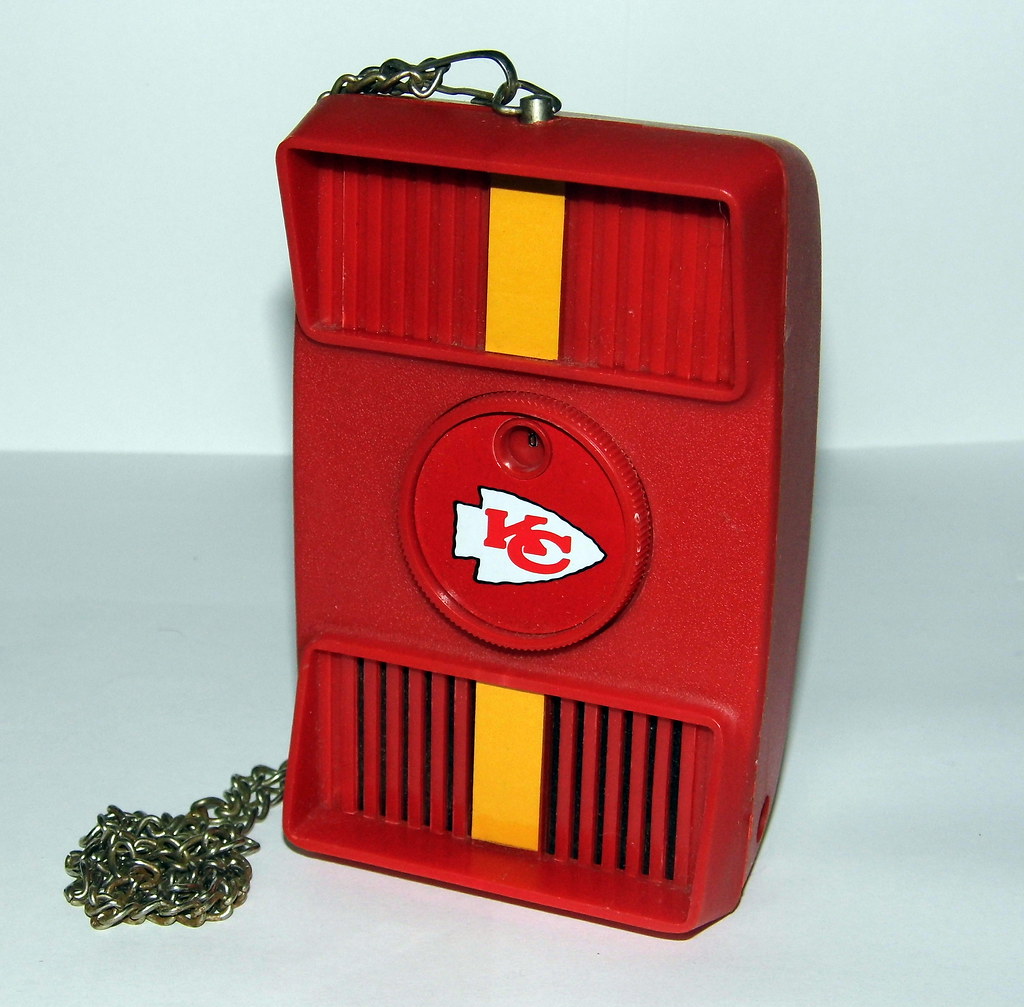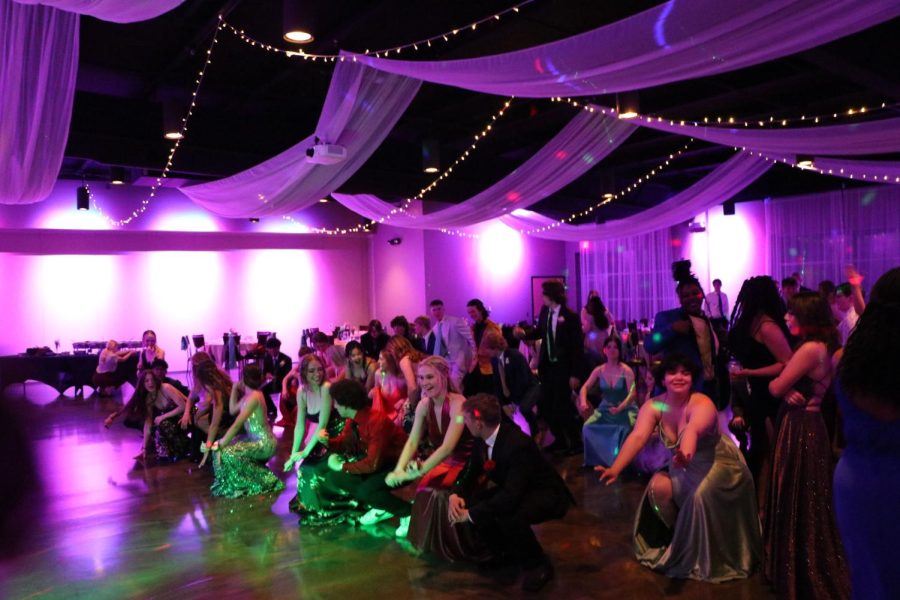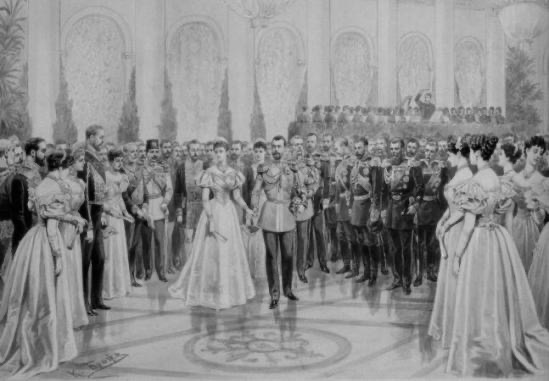The History of School Dances at Brownell Talbot
With prom approaching, we take a look back at dances at the school, from the distant past to the more recent.
Homecoming. Winter Formal. Prom. Though most students at Brownell Talbot don’t spend a great deal of time participating in dance activities like recitals and competitions, there’s no denying that dances remain a major social function throughout the year. In fact, one of the biggest challenges of the pandemic was canceling or modifying the different school dances—remember virtual prom, or homecoming under the stars? Going back to the late 1800s, school dances have been consistently taking over students’ lives for one or two nights a year.
Even when public high schools did not exist, hosting balls were prominent throughout the American upper class. Young ladies would need to have a “Coming-Out Ball,” otherwise known as a debutant ball, to announce their official entrance into society. Once the young lady was “out” she could attend numerous amounts of social functions. While that is not exactly a school dance, many of the people attending those balls would be of the same age as the young lady coming out. These balls started to take place in 1817 and continued until they went out of fashion in the 1950s.
Many of the older artists we know today rose to fame in the 1950s. For example, Elvis Presley, Nat King Cole, Dean Martin, and Chuck Berry. Even if these artists aren’t well known today, they were still known by the world up until the 1990s. These artists were made popular from the constant replaying of their songs, whether that was on the radio or at a school dance. In the 1950s, the idea of having a theme for a dance was not used unless the dance took place in the wintertime. If the dance was in the winter then the gym or hall where the dance was being held would have been adorned with snowflakes and other icy decorations. During these dances, each girl would be adorned with two things—a corsage from her date, and a dance card. The dance card originated in the 18th century but was made popular around the world by the 19th century. Each young woman would have a dance card for a ball or dance which she must fill out with the names of young men that wished to dance with her. Traditionally there were 18 spots, or dances, available on a dance card. Brownell Hall only had 12 spots on their dance cards, most likely because the dance was a smaller gathering than large society balls in the 1800s. Since Brownell Hall was an all-girls school, they partnered with another school in the city to host prom so the young ladies would have boys to dance with.
The 1970s was the peak for groovy disco parties, and wild new fashions to be brought into high schools. Again, themes were not common as they are today, but they started to appear more and more throughout the years. Toward the end of the 70s, the most popular theme was “Flower Power.” The photo booth would be adorned with an assortment of colorful flowers. Popular dress styles included high necklines, otherwise known as the turtle neck, floral patterns, a rainbow of colors, and many ruffles. The same applied to men’s attire.
Big dresses and even bigger hair. The 1980s was the time when prom court was at its peak and exceptional music was blasted through the school gym. This is when dance themes made their biggest debut. Popular themes from the 1980s include “Under The Sea,” “Time of My Life” (from the 1987 movie Dirty Dancing), and “One More Night” (a popular song by Phil Collins, 1985). Many of the themes were based on a popular song or movie from that year.
School dances have always been an exciting part of the school year and will continue to be for generations to come.

Katie is a senior at Brownell this year. She participates in volleyball, science olympiad, and theatre. She has a passion for campus history that is shown...


